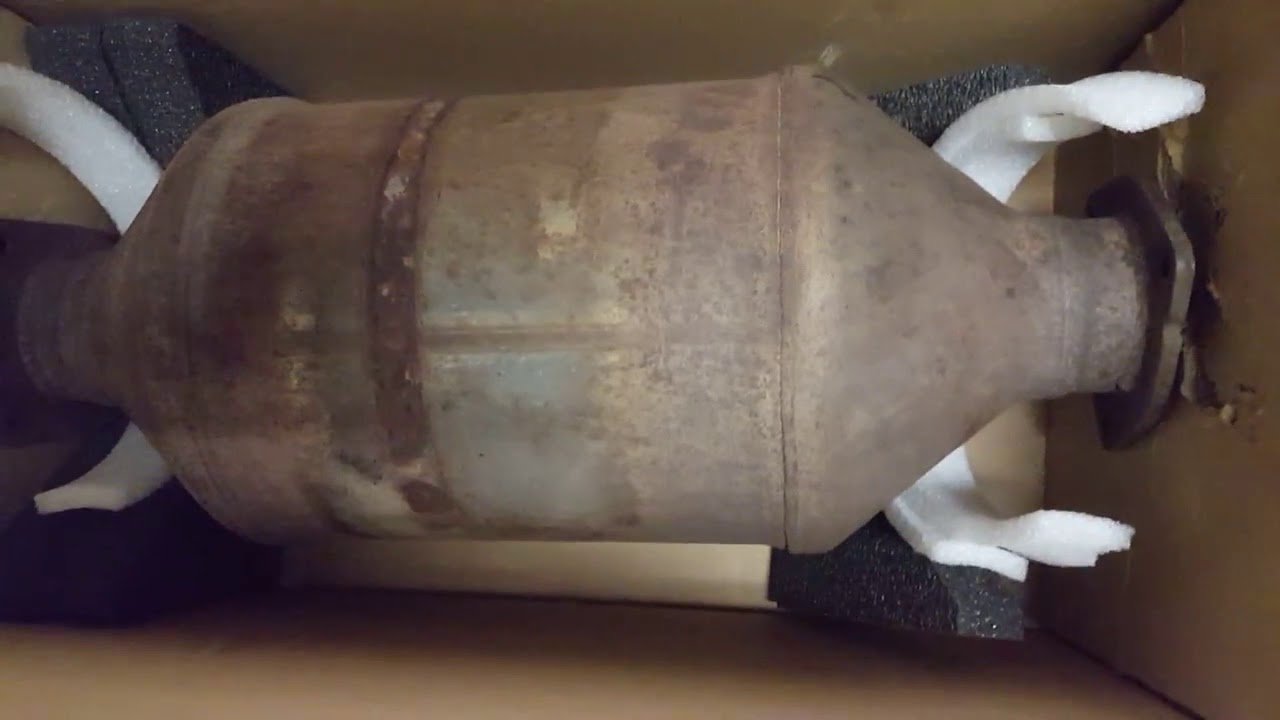Servicing a diesel particulate filter (DPF) is part of the maintenance involved with an emission controlled diesel engine. Our shop has to periodically clean or send the DPF out to be cleaned depending on it’s condition.
Sending it out for cleaning runs around 500.00 and there’s no guarantee it’s going to pass the flow test afterwards. A couple of times we’ve had to still pay the bill for a defective filter. That’s when we started our own cleaning and soaking the complete unit in a heavy solution of Mr. Clean.
Unfortunately since this was our first Maxxforce 7 DPF we were surprised to see that the high pressure steam cleaner took out some of the filter material. Next time a light flush with a garden hose may be the better solution.
The Mercedes diesel DPFs we’ve been servicing can take the high pressure but the particulate matter in the Maxxforce 7 engines are vulnerable to damage unless the filter material was already starting to break down.
Once the new DPF was installed and the soot level was back to normal the engine ran normal again. It’s going to be steady maintenance keeping everything clean on 2007 and newer diesel engines. Along with repairing intake and exhaust leaks to keep flow contained everything from the combustion chamber to the tail pipe has to flow smoothly.
The EGR / throttle valves and sensors have to be kept clean enough to send proper signals and make adjustments when necessary to get the cleanest emissions possible. When truck owners buy a delete kit to bypass the factory emission system it may work to keep the engine going without codes but the environment is the biggest stake holder.
Troubleshooting emissions on diesel engines require a laptop, software and some time. The emission code may be a sensor that’s not functioning, low air flow due to an exhaust leak or blockage on the diesel particulate filter. There are many other issues that could occur but these are common problems we experience.
Oh yes you need a fat wallet or in our case a budget that we have to watch. This drives us to find other less costly solutions to these problems before putting out big bucks. I was told by a dealer to always replace a soot contaminated sensor. For instance the boost sensor is a common part on any emission controlled diesel engine.
Instead of replacing sensors we are cleaning them for re-use. In fact cleaning sensors is part of the repair and maintenance process we follow on our Navistar and Mercedes engines. Over time the grunge from combustion will start accumulating and contaminating everything in it’s path.
It’s a tedious operation keeping up with all of these problems but the quest for cleaner emissions is never going to change so once you except this technology and keep learning how to stay ahead of problems the frustration level decreases.







